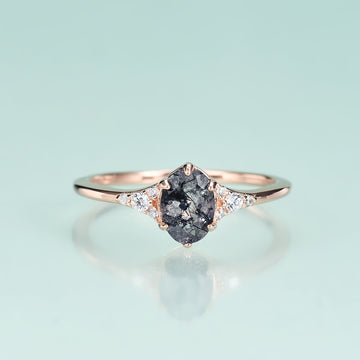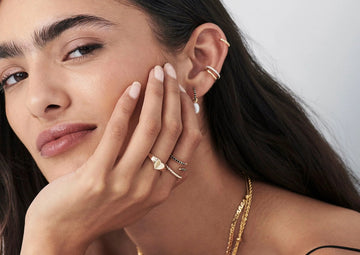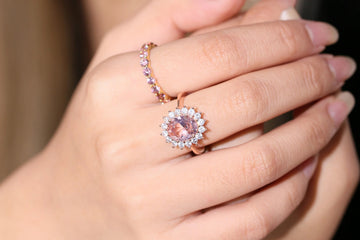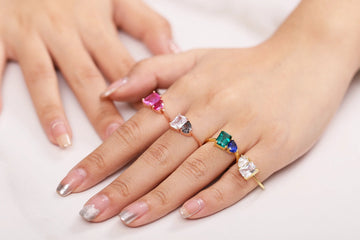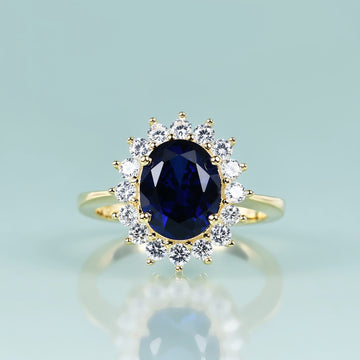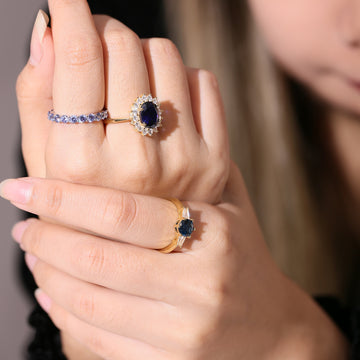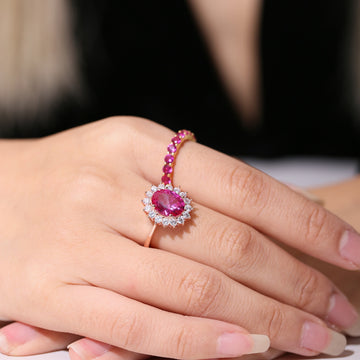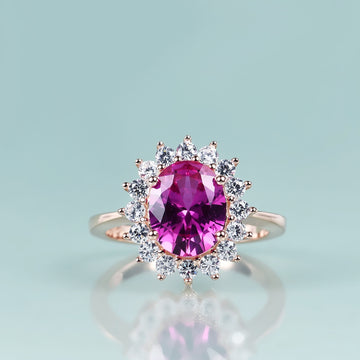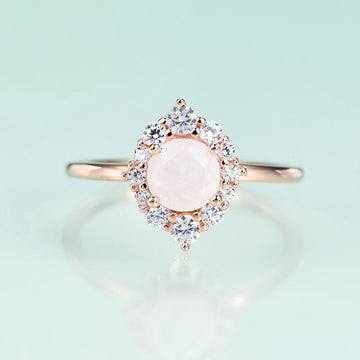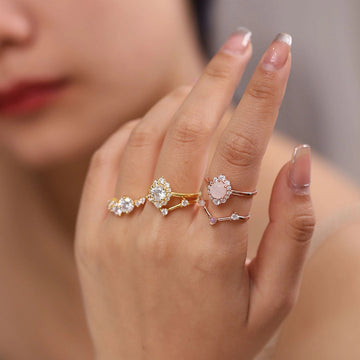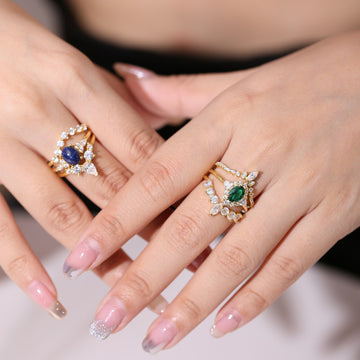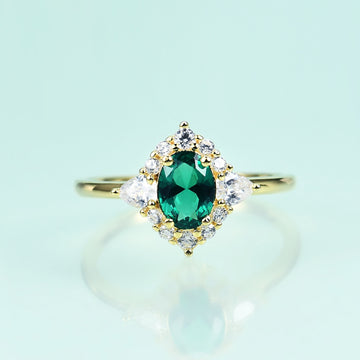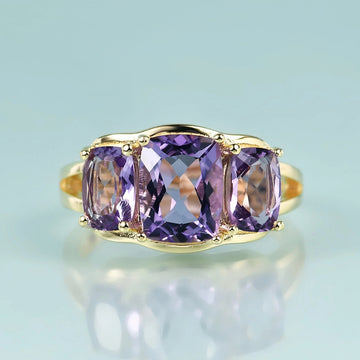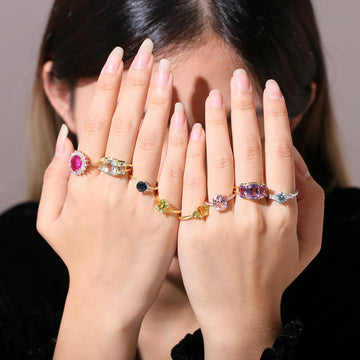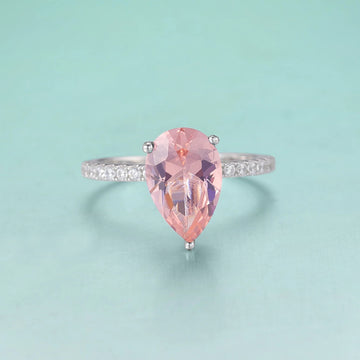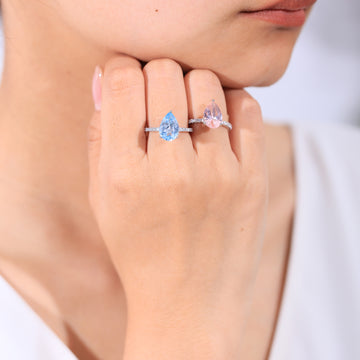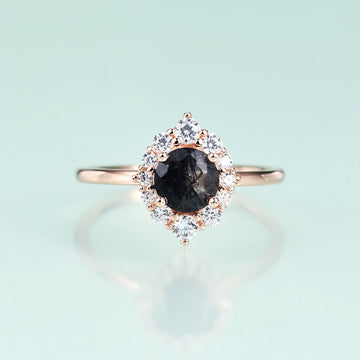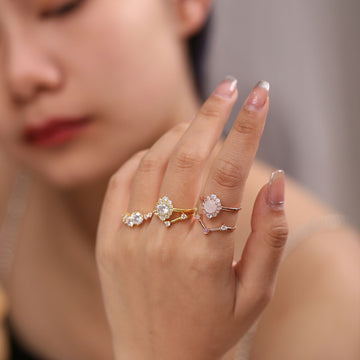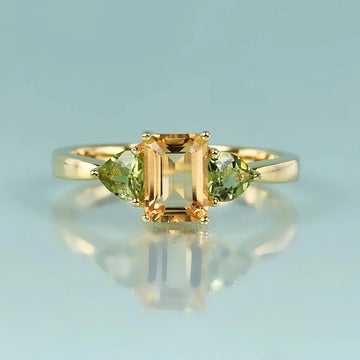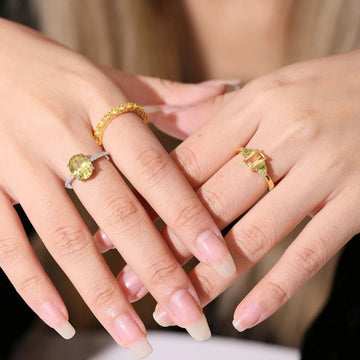Diamonds have always been loved for their sparkle and shine. For ages, we believed diamonds could only come from deep within the earth. But now, there's an exciting twist. Some diamonds are made by people using clever science! These are called lab-grown diamonds. Even though they're made by humans, they're still as dazzling as the ones from the ground.
What's even more special about these diamonds is how rare they can be. By using new techniques, we can make diamonds that are tailored just for you. Imagine having a diamond that's like no other on the planet because it's been made especially for you! This mix of old-world charm and new-age skill means we can enjoy the beauty of diamonds in a fresh way.

In London, there's a place called Hatton Garden. It's known for its jewellery and has been for years. And now, it's getting a name for these unique, custom-made diamonds too. When you think about diamonds, remember this: They can now tell a story not just of the earth's wonders, but also of human skill, making rare gems that are truly one-of-a-kind.
How are lab-Grown diamonds created?
Lab-grown diamonds, a marvel of science and artistry, have their roots in the mid-20th century. The first successful production was in the 1950s, primarily for industrial uses, not jewellery. It wasn't until the 21st century that technology advanced sufficiently to produce gem-quality lab diamonds for adornment. The process of creating these diamonds involves replicating the earth's natural diamond-growing conditions. Two primary methods dominate: High-Pressure High Temperature (HPHT) and Chemical Vapour Deposition (CVD). HPHT mimics the earth's deep pressure and heat, converting carbon into diamonds. Meanwhile, CVD involves placing a diamond 'seed' in a sealed chamber, then introducing a carbon-rich gas and igniting it, layering carbon atop the seed. As technology progressed, these diamonds' quality improved, bridging the gap between them and their natural counterparts. Today, they're not just seen as alternatives but as sustainable, ethical choices in jewellery.

The Rise and Journey of Lab Diamonds
With our society's incredible strides in technology, isn't it awe-inspiring how we've pioneered the art of crafting diamonds? These Lab-Created Precious Stones aren't mere alternatives; they are revolutionising the diamond industry. By replicating the natural environment, scientists have mastered the art of producing diamonds with fewer environmental consequences.
But there's more to this narrative than environmentalism. Consumers now demand transparency, ethical sourcing, and premium quality. Lab diamonds fit this demand perfectly, merging modern science with age-old desires.
Can a Lab Diamond be Unique?
Yes, every diamond, whether mined or lab-grown, possesses its individual set of characteristics that make it unique. These characteristics include its carat, cut, colour, and clarity, often referred to as the 4Cs of diamonds.
- Carat and Cut: While the carat of a diamond refers to its weight, the cut denotes its shape and how effectively it refracts light. Each diamond's cut is influenced by the raw crystal's shape and the cutter's decisions, leading to a unique final result.
- Colour and Clarity: Imperfections, known as inclusions, and the diamond's hue can vary due to minor fluctuations in the production process, even in a controlled environment like a lab. This means that each diamond, while manufactured under similar conditions, can possess its shade and set of imperfections.
Can it be Replicated Exactly?
While lab diamonds are produced in controlled environments using a specific set of conditions and ingredients, replicating a diamond to be an exact match of another is exceptionally challenging. Minor variations in the environment, raw materials, or even the equipment can result in differences between two diamonds.

Personalised Lab Diamonds
Absolutely! One of the beautiful aspects of lab diamonds is the potential for personalisation:
- Memory Diamonds: Some companies offer services where they can incorporate carbon from personal sources, such as hair or ashes of loved ones, into the diamond-growing process. This results in a unique diamond with significant personal meaning.
- Custom Cuts and Designs: With advancements in technology and craftsmanship, jewellers can now achieve incredibly intricate and customised cuts, ensuring your diamond stands out.
- Tailored Inclusions: Although generally inclusions are seen as imperfections, there's potential for them to be purposefully introduced or tailored in lab diamonds to convey a special meaning or design.
Hatton Garden: London's Cradle of Customisation and Innovation
Hatton Garden, an emblematic enclave in London, has stood the test of time as the epicentre of the city's illustrious jewellery heritage. As the world evolves, so does Hatton Garden, gracefully embracing the future with the advent of lab-grown diamond jewellers. It's here that establishments like Smith & Green Jewellers flourish, combining time-honoured expertise with avant-garde technology. Visitors are not just purchasing a gem; they're co-creating masterpieces. Whether it's a diamond tailored to a precise hue, a custom cut that reflects a personal story, or a shape that embodies a dream, the artisans of Hatton Garden are turning visions into tangible treasures. This district isn't just about commerce; it's about crafting memories, moulding legacies, and making personal statements.
Trivia Time! Did you know that Hatton Garden once housed the largest diamond in the world? A shimmering example of history blending with modernity.
Conclusion
The world of diamonds is evolving. As we stand at this intersection of tradition and progress, lab diamonds are more than just stones; they are symbols. Symbols of sustainable luxury, of human progress, and of a future where we can have the best of both worlds. As you drape yourself in the glint of a Premium Quality Lab Diamond, remember its legacy - a testament to our age and aspirations.
FAQs
1. What's the key difference between lab-grown and natural diamonds?
Both share identical properties, but their origin differs: natural from the earth, lab-grown in labs.
2. Are lab-grown diamonds considered eco-friendly?
Yes, they have a smaller environmental footprint than mined diamonds.
3. How long does it take to create a lab diamond?
A few weeks to several months, depending on size and method.
4. Is the quality of lab diamonds comparable to natural ones?
Absolutely, both can be of gem-quality and share the same physical attributes.
5. Can I request a bespoke design for my lab diamond at Hatton Garden?
Yes, establishments like Smith & Green Jewellers specialise in custom designs.


